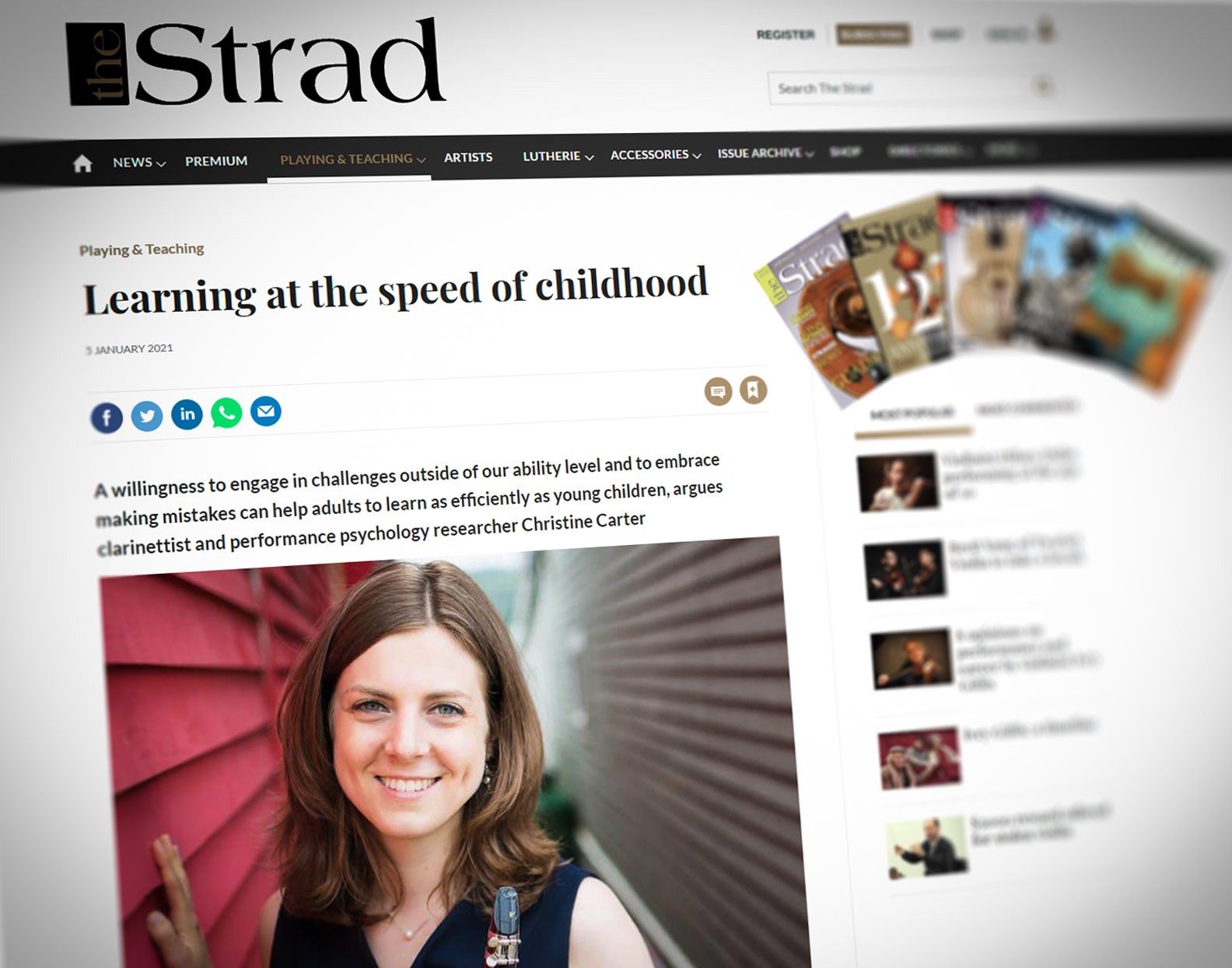When we go to bed at night, we seem to be the best versions of ourselves. As we think forward to tomorrow, our great intentions are clear. We will wake up early, exercise, practice for many hours, finish that large project on our to-do list, clean the house, and catch up on all of our email. It seems easy to imagine that we will accomplish more work in one day than we have ever accomplished before.
We don’t usually go to bed and decide that tomorrow we will press snooze ten times, watch hours of Netflix, and scroll mindlessly on various social media platforms. And yet, when the next day rolls around, all of a sudden, these temptations seem much more powerful. The self that couldn’t imagine wasting time while in bed the night before is now somehow stuck in a trap of endless clicking on the internet.
How many of us have had this experience, setting lofty next-day goals with the full belief that we will accomplish them, only to arrive at a very different reality the next day? Despite this reality and the related guilt, how many of us do the exact same thing again the next day? This is a pattern that repeats. And so many people have come to believe that they must be too lazy or too unmotivated to break the cycle.
I am here to say that laziness and a lack of motivation are often not the issue. After experiencing this marked discrepancy between nighttime planning and daytime action myself for many years, I began to question how we could possibly keep making the same irrational mistake day after day. Research in the field of behavioural economics has revealed a compelling reason for this procrastination trap and the potentially life-changing tools to overcome it.
The Force Behind our Irrational Decisions
Let’s say I were to offer you $1000 in 5 years or $1200 in 6 years. If you are like most people, you will pick the $1200 in 6 years, knowing that that this is the higher value. This is not surprising. What is surprising is what tends to happen when we move part of the offer to the present. What if the $1000 was available right now and the $1200 not for another year? Is the $1000 more tempting now? In a number of behavioural experiments, participants routinely select smaller values when they are offered in the present over higher values that are delayed (e.g., Kirby and Herrnstein, 1995).
So why would we change our decision? In both cases there is a one-year difference between the $1000 and $1200 options, so it isn’t the amount of waiting time that leads us to change our mind. At work here is a phenomenon called delay discounting – our tendency to undervalue benefits in the future while over-focusing on benefits in the present. In the first example above, the $1000 and $1200 offers are both in the future, so both are delay discounted and we choose the more valuable option. In the second example, however, the $1000 is now offered in the present and is no longer delay discounted. The $1200 remains in the future and delay discounting causes what’s called a preference reversal. Extensive research has shown that this process impacts many of the decisions we make in our lives. “Nearly any behavior for which consequences occur in the future is in competition with behaviors for which consequences are more immediately available” (Reed et al., 2013, p. 50).
Delay Discounting and Our Work
Perhaps delay discounting is not, on the surface, so surprising. Many of us have heard of the saying “a bird in the hand is worth two in the bush.” There are definitely times when settling for something in the moment is preferable to holding out for a better option in the future. When applied to the work we care about, however, this process is often silently sabotaging our best intentions.
When we go to bed at night and think about the next day, we tend to set various work goals because we do value practicing, writing, or whatever else we are working on. And we tend not to set Netflix or social media-related goals, because we tend to value these distractions less than our work. This is in itself meaningful. It’s a sign that we are motivated and that we do care about our work. Both activities – work and distraction – are in the future, so both are delay discounted and we choose to set goals around the activity that holds more value to us. We run into trouble when our future selves meet the present. When the next day comes around, the benefits of our work are usually still in the future and delay discounted (since most work does not pay off immediately), but the benefits of distractions are instantaneous. The Netflix binge that was previously in the future, and of no equal to working toward our goals, is now no longer delay discounted and instead offers immediate gratification. We end up making a decision that we could not have predicted the night before, even after having made similar decisions thousands of times. It comes down to a silent equation in our heads that is disrupting our rational decision making.
If we were to assign some completely random numbers to this, let’s say engaging in meaningful work is worth 10 points and watching Netflix is worth 8 points (it is enjoyable to watch a show after all!) When we are in bed looking toward the next day, both of these activities are delay discounted, so perhaps they are now worth 7 points and 5 points. It seems clear that we will work the next day. When the next day arrives, however, work is still worth 7 points because the benefits remain delay discounted and now Netflix is worth 8 points because it is no longer discounted. This is why we make an irrational decision. When we go to bed the next night, we have another preference reversal because both activities are again in the future and delay discounted and our values are once again in the expected hierarchy. This ongoing cycle of preference reversals due to delay discounting is at the root of why our nighttime and daytime selves can be so out of line with each other.
The Real Problem
The problem is not that delay discounting is affecting our decisions. The problem is that we think our brains are going to behave differently tomorrow. Despite evidence to the contrary, we believe that we are rational beings. Even though we may have given into temptation today, we believe that tomorrow we will be able to act in line with our goals and values. Instead we need to work with what we know about human behaviour and accept that delay discounting is at work all the time. Even the act of accepting this is powerful. Once we acknowledge that there is a psychological process making in-the-moment temptations so powerful, we can put the right supports in place to overcome these pulls.
How Greek Mythology Can Help
One of the most effective tools we can use to overcome delay discounting is a “Ulysses contract.” Ulysses, the legendary Greek king of Ithaca, was fascinated by the “Sirens” – creatures that were part animal and part woman and known to lure sailors to their deaths. Their song was so enchanting that sailors would steer their boats right into the rocks and perish. While desperate to hear their song, Ulysses knew of the deadly temptation ahead. Before passing the Sirens, Ulysses had the sailors tie him to the mast of the ship so that he would be unable to act when temptation struck. And he gave each of the sailors beeswax so that they could not hear the Sirens. When Ulysses heard their sweet song, he begged to be untied. But, of course, the sailors could not hear him.
This type of pre-committed action in advance of temptation has become known as a Ulysses contract. And it is precisely this type of precommitment that can help us get to work.
Stay Tuned…
My next article will further explore Ulysses contracts and how we can put these and other supports in place to work with instead of against delay discounting. The goal is to find a reliable way to focus on the priorities we really care about instead of counting directly on our fickle willpower.
References
Kirby, K. & Herrnstein, R. (1995). Preference Reversals Due to Myopic Discounting of Delayed Reward. Psychological Science, 6(2), 83-89.
Reed, D., Niileksela, C., & Kaplan, B. (2013). Behavioural Economics: A Tutorial for Behaviour Analysts in Practice. Behavioural Economics, 6(1), 34-54.
Acknowledgements
I would like to thank Grace Shryock Johnson and Aaron Hodgson for providing such helpful feedback on the first draft of this article.
Citation Details
Carter, Christine. “Where There is a Way There is a Will: Overcoming the Procrastination Trap (Part 1).” The Curious Musician (October 2020). Retrieved from http://christine-carter.com/blog/where-there-is-a-way-there-is-a-will/.

The Curious Musician
by Christine Carter
Dr. Christine Carter is actively involved in performance psychology research, focusing on how musicians can be more effective on stage and in the practice room. Her research has led to a variety of article publications and invitations to give workshops at institutions around the world. She is a Visiting Scholar at Jessica Grahn’s Music and Neuroscience Lab.





